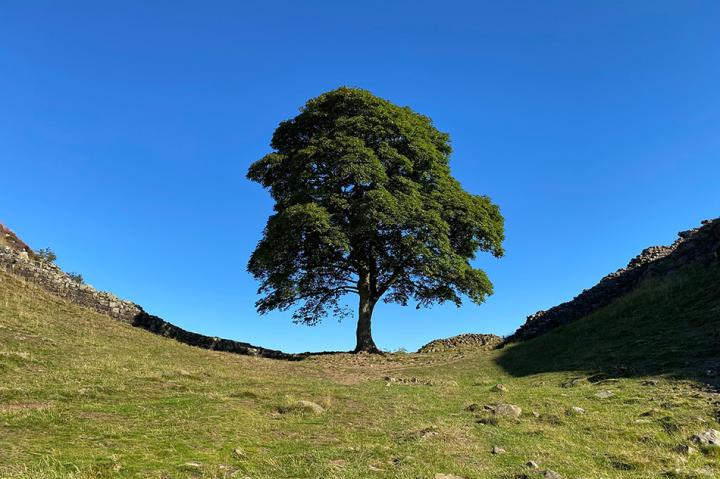To fell or not to fell? That is the question

It’s been just over a year since one of the UK’s most visited and photographed trees was chopped down. During that time, there has been an outpour of frustration as the dip in Hadrian’s Wall, an iconic North Eastern landmark where the Sycamore Gap tree once stood, is now empty.
Since the passing of the anniversary, it seems relevant to remind ourselves of the regulations that exist around tree felling that have been put in place to avoid such events.
Felling generally requires a licence to be issued before work starts, which can be obtained online. Once an application is made, a site visit and a decision on the licence are usually made within three months.
Exceptions
There are certain exceptions where a licence isn’t required. For example, small trees of less than 8cm in diameter measured 1.3m from the ground can be removed. Nuisance or dangerous trees can also be felled without a licence – of course, the Sycamore Gap tree was not included in this category! If no licence or permission exists, anyone involved can be prosecuted.
Although you may be thinking that it’s good news if an exception applies, it is the landowner’s responsibility to prove that any exception is applicable. It’s good practice to keep a photographic schedule of condition before and after felling, making reference to scale to avoid any doubt.
Additional requirments
There are additional requirements depending on where the land is and if there are any restrictions:
- If there is a Tree Preservation Order (TPO) made by the local planning authority to protect specific trees and areas of woodland from damage. You must inform the Forestry Commission when applying for a licence; these can’t be felled without written consent.
- Separate consents and permissions may be required to comply with the protection of wildlife and habitats, for example, if the woodland is a Site of Special Scientific Interest (SSSI) or if there are European Protected Species (EPS).
In lighter news, it has been confirmed that new life has sprung from rescued seeds of the Sycamore Gap Tree, and new shoots have emerged from the stump. There are hopes that the tree may regrow, but it will take time before experts know if this is possible.
Whether you live, work or own property in the countryside, Muckle LLP can help. We offer expert advice to landowners, farmers, growers, distributors, and various other agricultural businesses. For more information, contact David Towns at [email protected] or call 01768 347 084.
